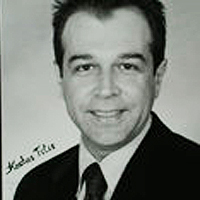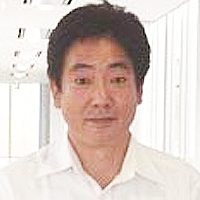Comparative Study of Enophthalmos Treatment with Titanium Mesh Combined with Absorbable Implant vs. Costochondral Graft for Large Orbital Defects in Floor Fractures
Published on: 23rd March, 2017
OCLC Number/Unique Identifier: 7286350491
Introduction: Several treatment options are available for the optimal treatment for orbital fractures, depending on aesthetic and functional results after orbital wall reconstruction. The objective of this study is to compare the effect and safety of large orbital floor fractures with titanium mesh combined with poly-L-lactic acid/polyglycolic acid copolymer implants (Lactosorb®) vs. autologous costochondral graft. A wide range of permanent and biodegradable materials have been used successfully for orbital floor reconstruction, however they present with disadvantages for reconstruction of large defects, even if combined.
Patients and Methods: A retrospective cohort study of patients from Estado de México, México, with access to ISSEMYM health care service, presenting with orbital floor fracture treated at Department of Plastic & Reconstructive Surgery/Maxillofacial Surgery at ISSEMYM Medical Center Toluca between January 2007 and July 2010. Age, sex, etiology, clinical findings, fracture pattern, and treatment modality (Titanium mesh with absorbable implant vs. costochondral graft) were considered. Predictor and outcome variables as complications, inpatient, trauma- surgery interval, surgical time and donor site pain are considered.
Results: Follow up of 21 patients (12 weeks) 17 male, 4 female, ages 22-63 was made. Enophthalmos, main objective of this study, was identified with statistical significance presenting 0% (n=0) post-op Group B patients and 30% (n=3) for Group A (p=0.049). Statistical significance was found referring to inpatient days between two groups being less for costochondral reconstruction patients (p=0.02). No pain in patients undergoing alloplastic surgery. An interesting result was that donor area analogue pain scale for costochondral graft was 2.9/10.
Conclusion: Surgical outcome and complications where evaluated comparing different materials for orbital floor reconstruction. Costochondral graft is a suitable choice when orbital reconstruction is indicated.




